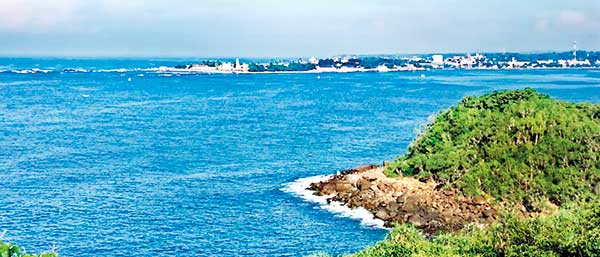20 Mar 2013 - {{hitsCtrl.values.hits}}
.jpg) Trincomalee is also known as Gokkana (Pali) and Tirukonamalai (Tamil). The city is built on a peninsula which divides the inner and outer harbour. It was a major maritime and trading post since the 11th century under the control of Sri Lankan kings.
Trincomalee is also known as Gokkana (Pali) and Tirukonamalai (Tamil). The city is built on a peninsula which divides the inner and outer harbour. It was a major maritime and trading post since the 11th century under the control of Sri Lankan kings.
26 Nov 2024 2 hours ago
26 Nov 2024 2 hours ago
26 Nov 2024 2 hours ago
26 Nov 2024 2 hours ago
26 Nov 2024 3 hours ago